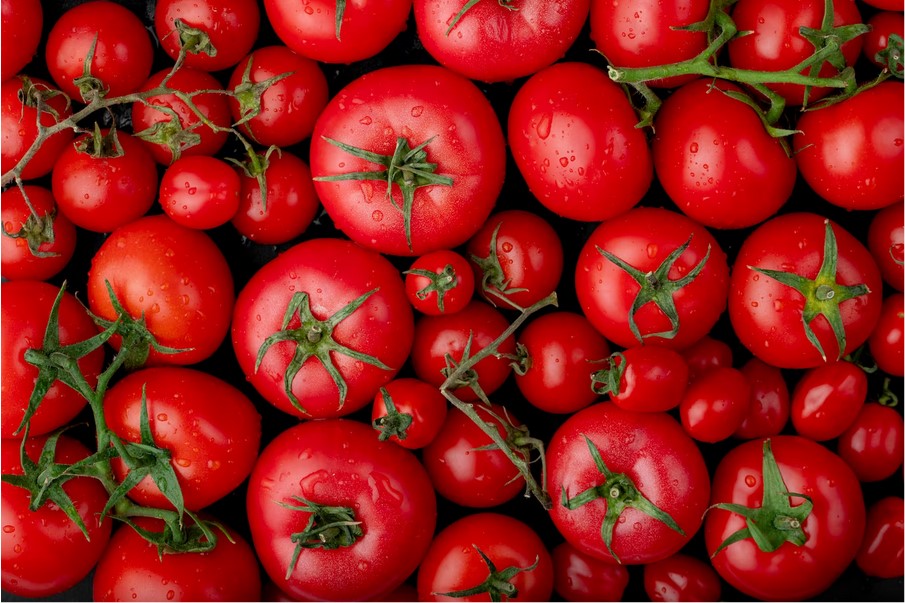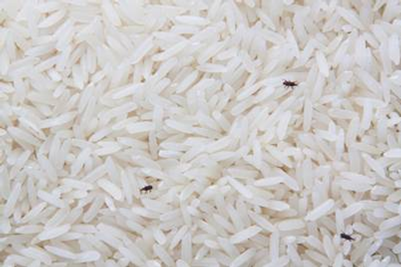What is Tomatine?
Tomatine is found mainly in unripe tomatoes, as well as the stems and leaves of the tomato plant. The levels of tomatine found in ripe tomatoes are usually low, and not a cause for concern. However, ingesting large amounts of tomatine, especially when consuming unripe tomatoes or tomato leaves, can cause digestive problems which result in symptoms like nausea, cramps and diarrhoea.
In most cases, the symptoms of tomatine poisoning are relatively mild and subside within a few hours or days. However, in severe cases or for those with pre-existing health conditions, tomatine poisoning can create serious complications which require medical attention. If you experience severe symptoms of vomiting and stomach pain within an hour of eating tomatoes, and these symptoms do not go away, it is best to seek medical treatment immediately.
How can consumers avoid excessive tomatine consumption?
Tomatoes are highly nutritious, so do not fear them! Here are some tips for us to enjoy tomatoes safely:
Eat ripe tomatoes. Tomatine is converted into harmless chemicals during the ripening process.
Ripe but bitter-tasting tomatoes could possibly indicate high levels of tomatine. Avoid consuming these tomatoes.
Avoid consuming tomato leaves and stems as high levels of tomatine are present in them.
Cook tomatoes thoroughly to break down tomatine (e.g. boiling, grilling, or roasting)
An option would be to peel away the skins of tomatoes as they contain the highest concentration of glycoalkaloids.
Consume tomatoes in moderation if you are particularly sensitive to glycoalkaloids or have a pre-existing medical condition that could be triggered by it.
About the Author
Herman Teo is a Senior Scientist from the Risk Assessment and Communications Department of the National Centre for Food Science. With a Masters in Food Science and Human Nutrition from the National University of Singapore, his recent work includes the regulatory framework for insects for food and feed, and examining emerging food processing risks.




